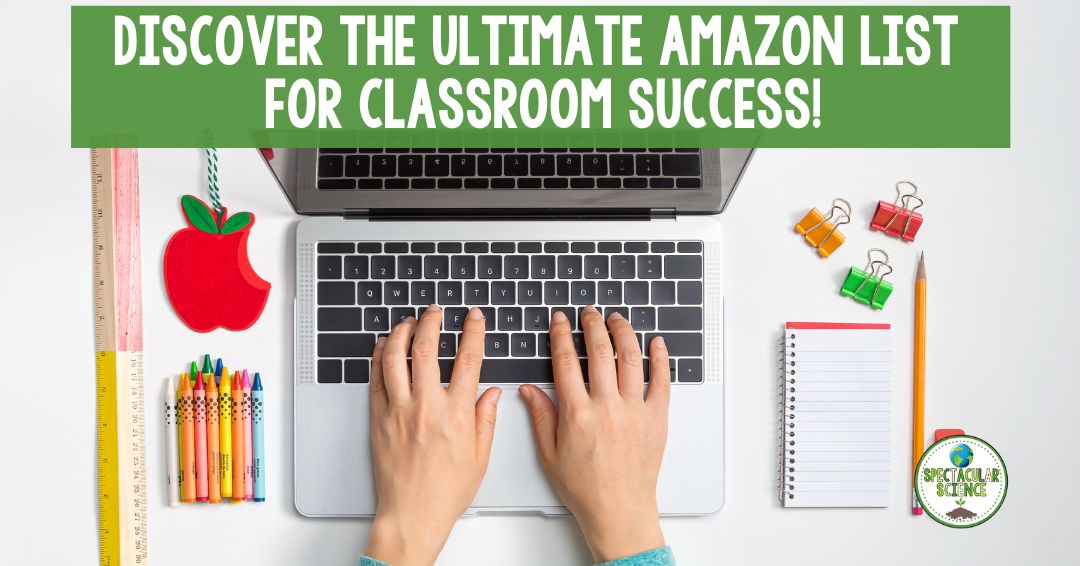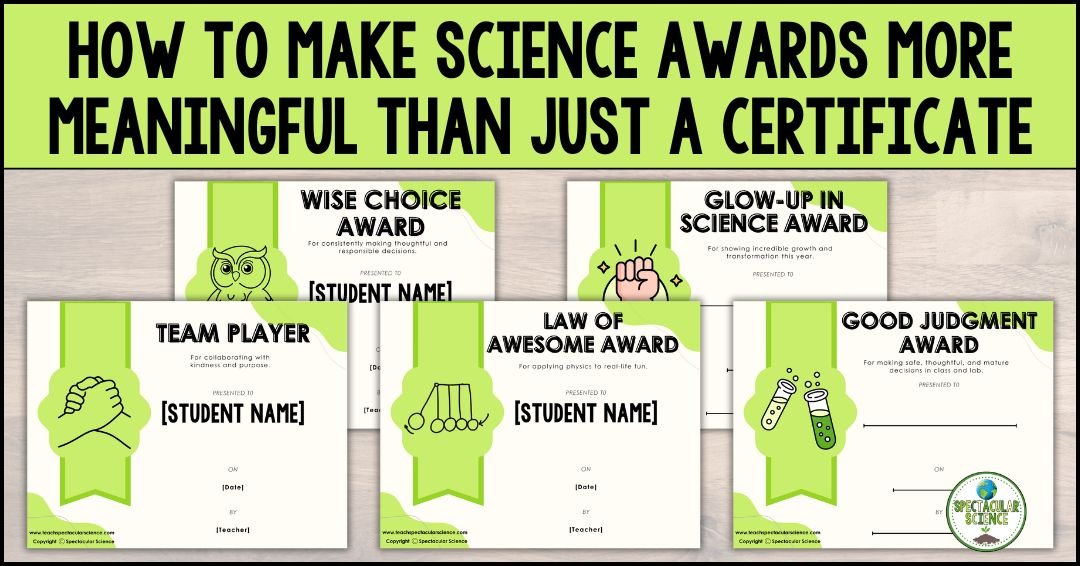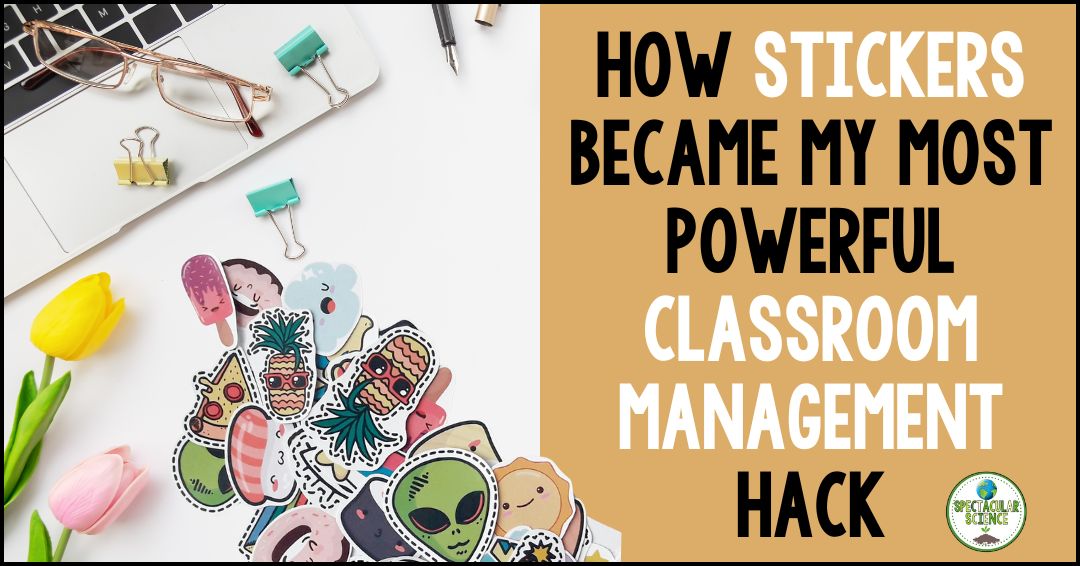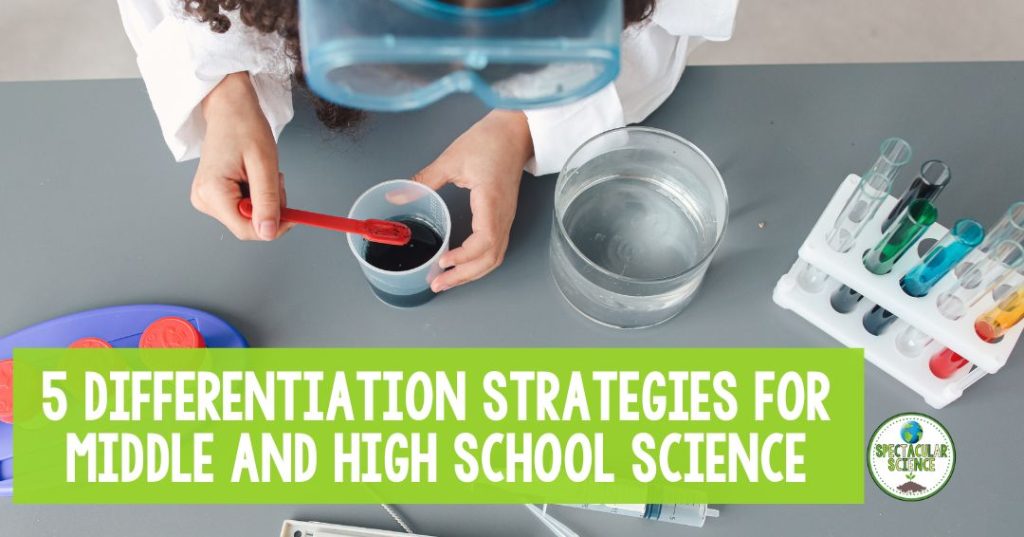
Science teachers are well aware that the subject matter they teach can pose significant challenges for students, particularly due to its specialized vocabulary and abstract concepts. Recognizing this, it becomes imperative to embrace differentiation strategies that cater to the diverse needs of all students. Among the various aspects of differentiation, perhaps none is as crucial as adapting activities and assignments to meet the individual requirements, interests, and abilities of each learner.
In the science classroom, differentiating assignments entails the deliberate design of tasks that are customized to suit the unique characteristics of every student. By doing so, teachers can create a learning environment that promotes engagement, facilitates comprehension, and fosters success. Differentiated assignments may involve tailoring the content, process, or product to match the varying learning styles, interests, or readiness levels of students.
3 types of Differentiation
Content differentiation involves modifying the material itself to make it more accessible and comprehensible. This could include simplifying complex vocabulary, providing additional explanations, or offering alternative resources to support understanding.
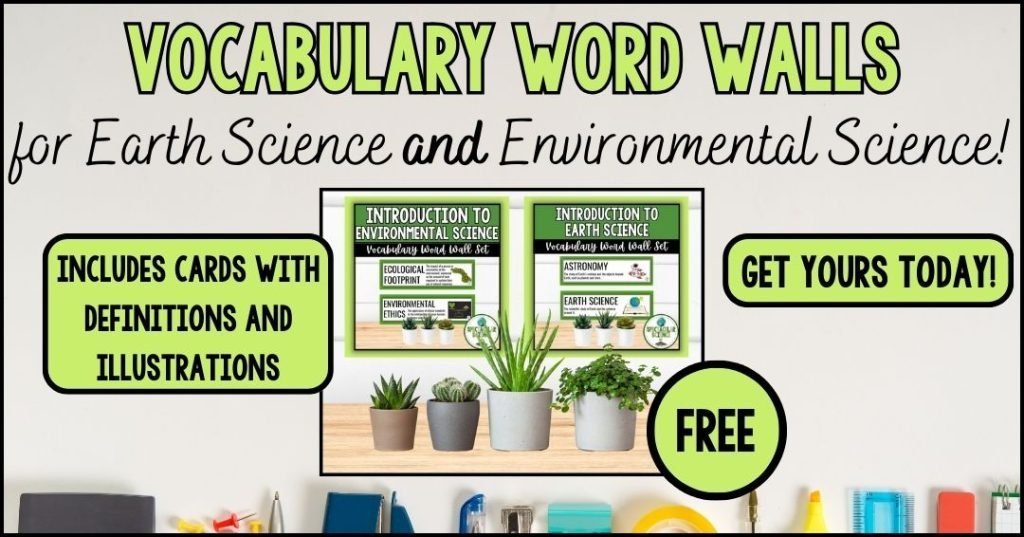
Process differentiation focuses on adjusting the learning activities and strategies to accommodate different learning styles and preferences. For example, kinesthetic learners might engage in hands-on experiments or simulations, while visual learners may benefit from graphic organizers or diagrams. Additionally, auditory learners might participate in discussions or listen to recordings, while reflective learners could have opportunities for independent research or journaling.
Product differentiation pertains to the variety of ways students can demonstrate their learning. Instead of a one-size-fits-all assessment, students are given choices in how they present their understanding. This might include options such as written reports, oral presentations, multimedia projects, or even creating models or experiments.
5 Differentiation Strategies
You’ll already be accommodating students in your classrooms who have education plans, however, differentiation can be helpful to every student in class – those students with a disability that’s documented and those who might not have the documentation but will still benefit!
Here are five strategies for differentiating science assignments:

Grab your severe weather project now!
1. Varied Levels of Difficulty
Offer tasks at different levels of difficulty to cater to different students’ needs. You can differentiate assignments by providing more challenging questions or tasks for students who need to be challenged or simplifying the tasks for students who require more support. Consider how you can incorporate that support into the task too! For example, can a formula sheet be included in the assignment handout?
Make sure to grab your FREE differentiated assignment about severe weather. It includes 17 options for students to choose from, plus there’s a detailed rubric. All of which encourage student choice and provide them with a true sense of autonomy.
Here’s a game-changing pro-tip to add to your teaching toolkit: Always have a template for current event assignments on hand as an emergency sub plan. We all know how unexpected teacher absences can be stressful. But with this handy differentiated current event assignment, you can ensure your students stay engaged and continue their learning journey even when you’re not in the classroom.
2. Multiple Learning Modalities
Research shows that incorporating multiple modalities helps with information retention and recall. As a result, it’s a great idea to incorporate a variety of learning modalities to cater to the students in your classroom.
For example, incorporate diagrams and visuals along with hands-on activities. Vocabulary word wall cards are a fantastic way to enrich any classroom experience for students.
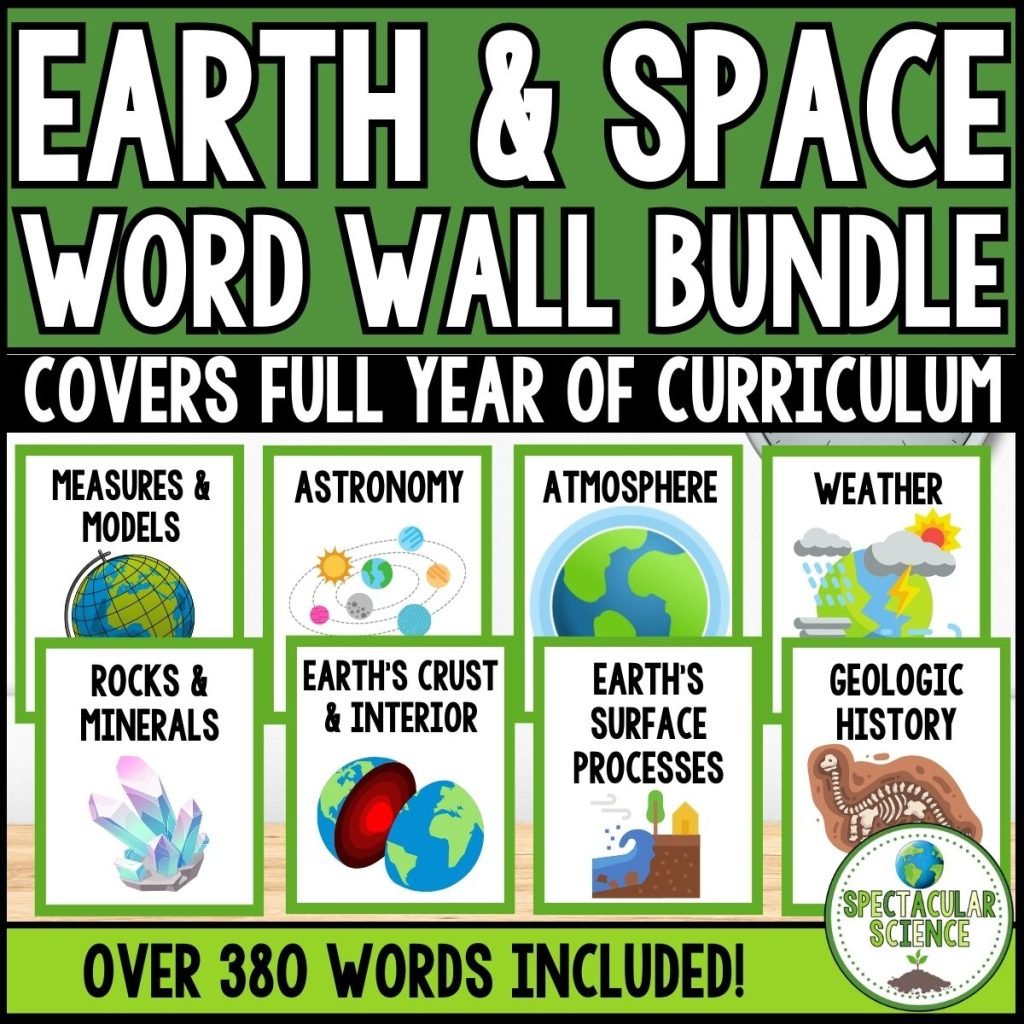
Another option is to include visuals along with audio such as video or podcasts. Here are a few podcasts that can work well in your science classroom:
- Science Friday focuses on news and entertaining stories about science from NPR.
- Science Vs takes on current events and uses science to support or debunk.
- Science, Quickly from Scientific American and explores all sorts of scientific ideas.
- Big Biology tackles some of the biggest questions in the field of biology.
3. Personalization
Giving students choice and allowing them to voice their desires about assignments is often an easy way to increase engagement.
You can offer assignments that take into account students’ interests and hobbies. For example, you could ask students to choose a topic to research within a broader science concept that interests them or assign a science project that relates to their hobbies.
Another option is the tried-and-true choice board with different options that students can complete. A teacher tip here is to have the assignments meet the same curriculum strands so you can use the same rubric for all of the tasks! Task cards are wonderful tools to turn extra classroom minutes into valuable learning time and work well with choice boards.

4. Group Work
Extending personalization you can encourage collaboration through group work. By assigning group projects, each student can contribute their strengths to the project. Group work can also help students who struggle with certain aspects of a task by having readily available peer support.
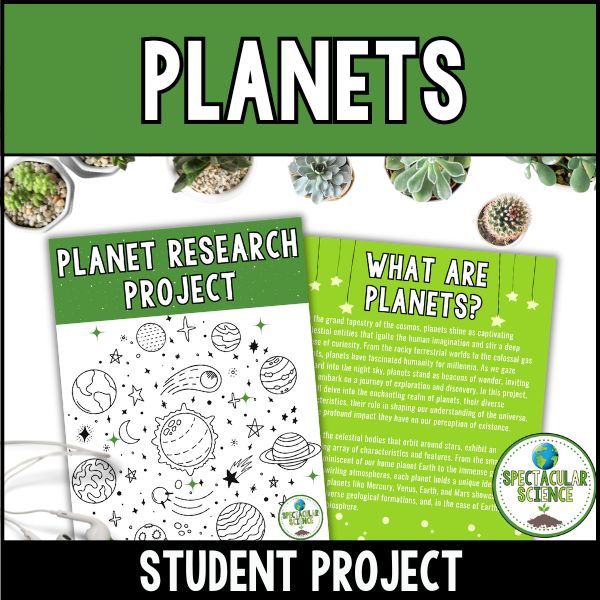
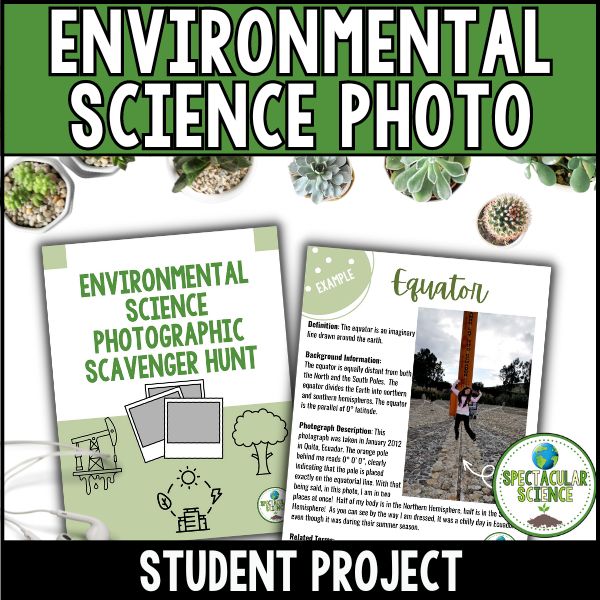

The best tip I can offer about group work is to ensure that students are graded individually rather than as a group. This can be facilitated with student conferencing, observation during the process (easier when it’s all done in class), and a final reflection component.
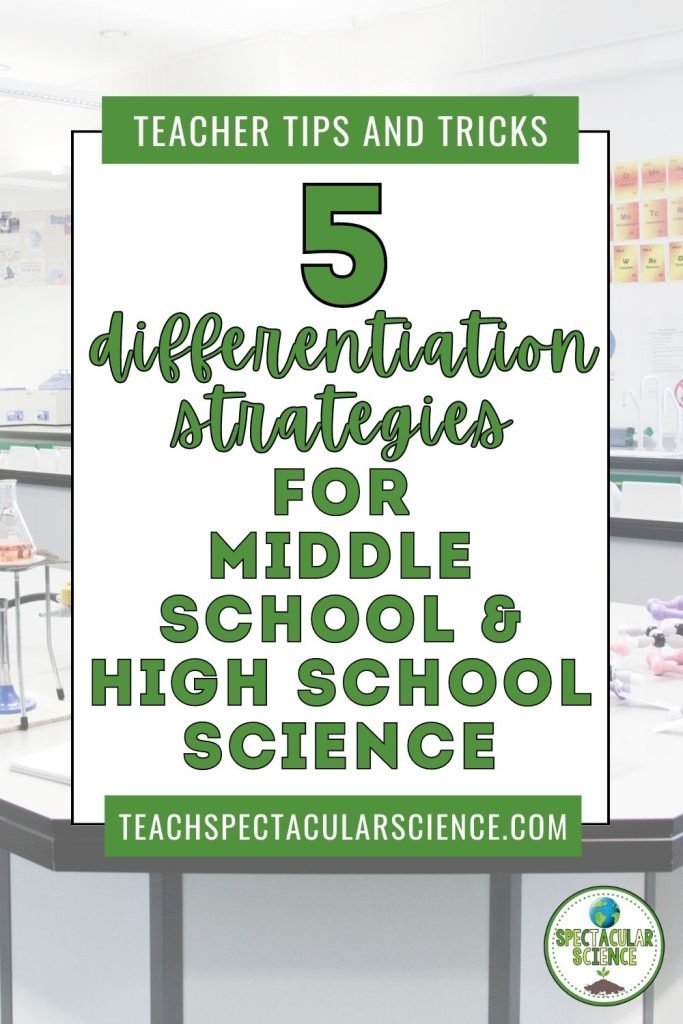
5. Flexible Due Dates
Allow for flexible due dates so that students who need extra time can complete the assignment at their own pace. You can also consider setting different due dates for different students based on their needs. And this doesn’t necessarily mean just a final due date, you can further scaffold or chunk an assignment by having due dates for specific parts of an assignment. This will help to keep students on track. It also ensures that teachers are evaluating student learning (their knowledge, understanding, and application) and not their habits as students.
Remember though that you know what your deadlines are for submitting marks so make sure to take that into account when being flexible with due dates.
FINAL TAKEAWAY
By differentiating assignments in the science classroom, you can help students succeed at their own pace while fostering their love of science. And isn’t that what it’s all about? We want our students to learn and to love science just as we do!








